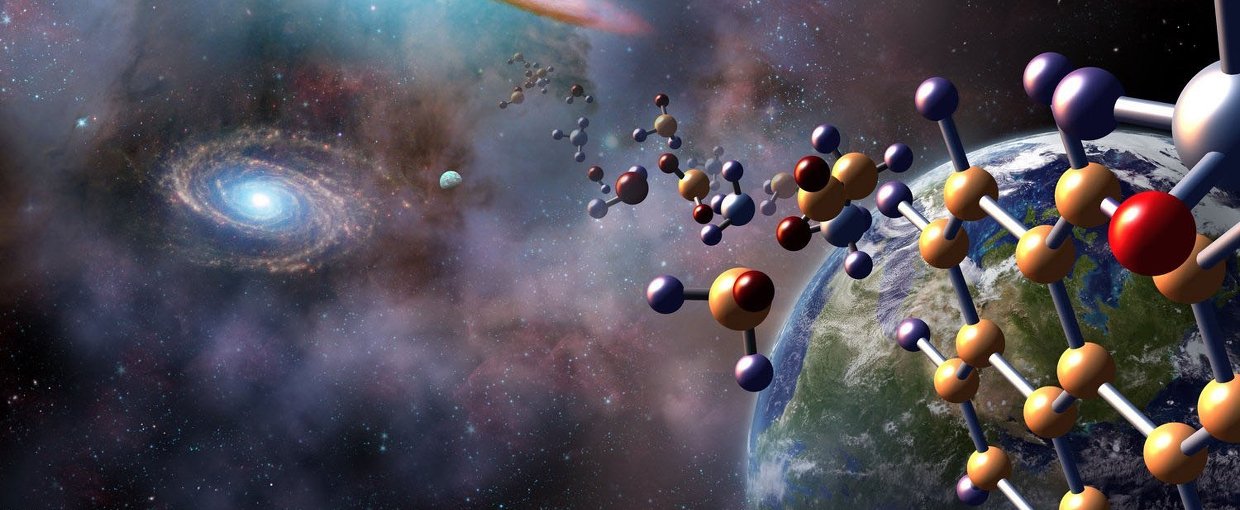
The world’s oceans are teeming with microscopic life forms. The staining of cells with DNA-binding dyes (DAPI and acridine orange) coupled with epifluorescence microscopy demonstrated that nominal cell densities exceed 105/ml of sea water. Extrapolations of these numbers predict that the oceans harbor 3.6 × 1029 microbial cells with cellular carbon of ~3 × 1017 grams. Given the enormous populations of microbes with seemingly unlimited metabolic diversity, the accumulation of mutations during the past 3.5 billion years should have led to very high levels of genetic diversity and phenotypic variation. By adopting a massively parallel 454 tag sequencing strategy, we show that bacterial communities of deep water masses of the North Atlantic and diffuse flow hydrothermal vents are one to two orders of magnitude more complex than previously reported for any microbial environment. A relatively small number of different populations dominate all samples, but thousands of low-abundance populations account for most of the observed phylogenetic diversity. This “rare biosphere” is very ancient and may represent a nearly inexhaustible source of genomic innovation. Members of the rare biosphere are highly divergent from each other and at different times in earth’s history may have had a profound impact on shaping planetary processes.
 A Talk With Jim Green
A Talk With Jim Green What Can Extant Genomes Reveal About Early DNA Metabolism?
What Can Extant Genomes Reveal About Early DNA Metabolism? What We Talk About When We Talk About Earth's Oxygenation
What We Talk About When We Talk About Earth's Oxygenation Bowling With Astrobiologists: A Twisted Path Toward the Origin of DNA
Bowling With Astrobiologists: A Twisted Path Toward the Origin of DNA